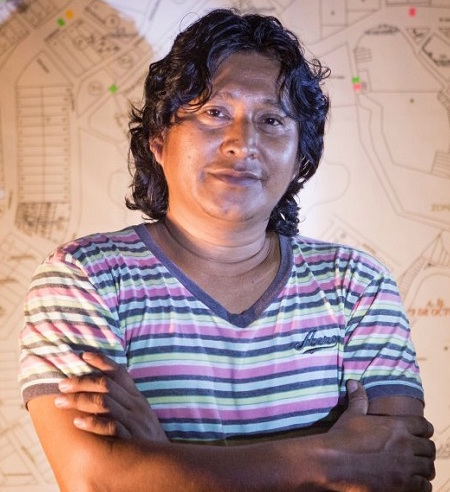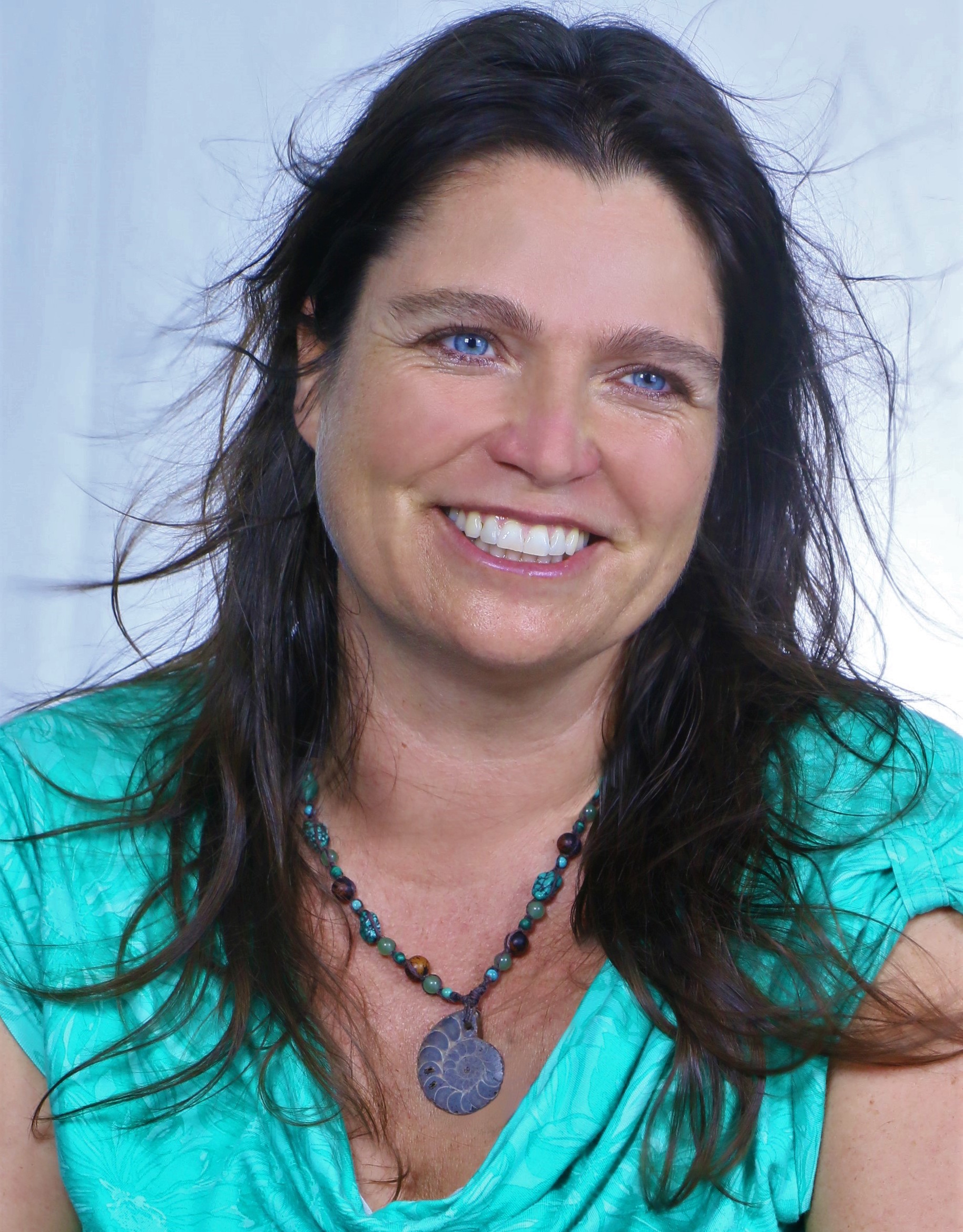[English follows]
En esta sesión se abordará el tema de los derrames de petróleo y su impacto ambiental, social, cultural y económico, donde se presentarán diferentes perspectivas para tratar de establecer un enfoque no trivial de una situación tan compleja. Es importante tener en cuenta no sólo cómo afecta a la naturaleza, sino también a las comunidades indígenas, especialmente en un contexto como el de la Amazonía peruana, donde las regulaciones sobre este tema son algo precarias y descuidadas.
Sobre los participantes

Raúl Loayza-Muro. Científico, biólogo e investigador de la Universidad Cayetano Heredia de Lima (UPCH). Es doctor en Ecotoxicología y Ecología Acuática por la Universidad de Amsterdam (Holanda). Es Profesor Asociado del Departamento de Biología y Director del Laboratorio de Ecotoxicología de la Facultad de Ciencias y Filosofía (UPCH). Desde 2005, investiga los efectos de la radiación UV, el drenaje ácido y los metales en la biota de los ecosistemas acuáticos andinos de altura.

Deborah Delgado. Profesora adjunta de Sociología en la Pontificia Universidad Católica del Perú, especializada en política ambiental y climática. Dirige la maestría de gestión de recursos hídricos. Es doctora en Desarrollo Internacional por la Universidad Católica de Lovaina (Bélgica) y en Sociología por la Escuela de Altos Estudios en Ciencias Sociales de París (Francia). Con especial énfasis en las regiones amazónicas de Perú y Bolivia, la Dra. Delgado ha trabajado en políticas y programas de adaptación y mitigación, vinculados al sector forestal, desde una perspectiva de género y de representación de los pueblos indígenas.

Leonardo Tello Imaina. Hijo de madre achuar y padre kukama es comunicador desde hace 19 años y director de Radio Ucamara en Nauta (Loreto) desde el 2010. Radio Ucamara es una de las emisoras más importantes de las cuencas del alto Amazonas, Marañón, Ucayali y sus afluentes, que promueve el rescate de la lengua y la cultura kukama a través de la enseñanza y la música. Leonardo y sus colegas han puesto en marcha varios proyectos que buscan y exigen el respeto de los derechos de los pueblos indígenas.

Nicola Peel. Lleva 20 años trabajando en la Amazonia ecuatoriana. Ha puesto en marcha varios proyectos medioambientales y sociales para ayudar a las familias que sufren la contaminación debida a la industria petrolera y al legado de Chevron Texaco. Viajó desde las cabeceras de la cuenca ecuatoriana hasta Brasil para filmar el documental Blood of the Amazon, en el que se exponen los efectos de la industria petrolera en el medio ambiente y en quienes viven en él. Es cofundadora del Proyecto de Micorenovación del Amazonas, que reúne a un grupo de científicos para investigar la micorremediación, el uso de hongos para limpiar lugares contaminados.
Sobre la película
RÍO VERDE. EL TIEMPO DE LOS YAKURUNAS. Álvaro y Diego Sarmiento, 2017, 9 min 29 seg (extracto)
Guiado por cantos de ayahuasca, RÍO VERDE. EL TIEMPO DE LOS YAKURUNAS es un viaje poético a las profundidades del Amazonas. La película explora la percepción del tiempo en tres pequeñas aldeas entrelazadas por las aguas fluyentes del río Amazonas, sumergiendo al espectador en un paisaje habitado por chamanes y sociedades arquetípicas.
Sobre el videoclip
ӰUWARA. Radio Ucamara, 2016, 5 min 44 seg.
ӰUWARA es una especie en peligro de extinción, es la palabra para Manatí o Vaca Marina en la lengua Kukama, idioma hablado por el pueblo del mismo nombre en las cuencas de los ríos Marañón, Tigre, Urituyacu y Huallaga. ӰUWARA denuncia la contaminación y destrucción del río Marañón, llama a la unidad en defensa de la Amazonía y espera un futuro mejor.
Sobre el GIF

Mala Celeste es una artista visual multidisciplinar australiana, con experiencia en instalación, vídeo, fotografía, pintura y escultura.
Sin título, 2021, animación digital/colage animado digitalmente
Se trata de una pieza intencionadamente desordenada y compleja, con muchas capas entrelazadas, al igual que el tema del que habla. Los elementos -una vez más tomados de fotos y vídeos capturados en todo Perú y Bolivia- pretenden representar la vida botánica, animal no humana (tanto acuática como terrestre) y humana en la Amazonia, toda ella amenazada por la explotación de los recursos naturales de la selva.El río que aparece en las imágenes hacia el final de la pieza es el Huallaga, un afluente del río Marañón que nace en las cumbres andinas, fluyendo y creciendo para acabar formando el Amazonas. El huevo pertenece a una garza Agami, un ave impresionante y poco investigada que se encuentra en toda América Central y del Sur. Debido a su carácter recluso y a su escaso número, rara vez se ven y no se investigan.
Otras sesiones:
Sesión 1 | Recordatorio y renovación
Sesión 3 | Signos y Algoritmos: ¿Descolonización en marcha?
River Voices: Session 2 | River and Oil
This session will address the issue of oil spills and their environmental, social, cultural and economic impact, where different perspectives will be presented to try to establish a non-trivial approach to such a complex situation. It is important to take into account not only how it affects nature but also Indigenous communities especially in a context such as the Peruvian Amazon where regulations on this issue are somewhat precarious and neglected.
About the Participants

Raúl Loayza-Muro. Scientist, biologist and researcher from the Cayetano Heredia University in Lima (UPCH). Holds a PhD in Ecotoxicology and Aquatic Ecology from the University of Amsterdam (Netherlands). He is Associate Professor at the Department of Biology and Director of the Laboratory of Ecotoxicology of the Faculty of Science and Philosophy (UPCH). Since 2005, he has investigated the effects of UV radiation, acid drainage and metals on the biota of high altitude Andean aquatic ecosystems.

Deborah Delgado. Assistant Professor in Sociology at the Pontificia Universidad Catolica del Peru specialized in environmental and climate policy. She directs the MA in water resources management. She holds a PhD in International Development from the Catholic University of Louvain (Belgium) and Sociology from the School of Higher Studies in Social Sciences of Paris (France). With special emphasis on the Amazon regions of Peru and Bolivia, Dr. Delgado has worked on adaptation and mitigation policies and programs, linked to the forestry sector, from a gender perspective and Indigenous peoples’ representation.

Leonardo Tello Imaina. Son of an Achuar mother and a Kukama father has been a communicator for 19 years and director of Radio Ucamara in Nauta (Loreto) since 2010. Radio Ucamara is one of the most important radio stations in the basins of the upper Amazon, Marañon and Ucayali river and their tributaries, which promotes the rescue of the Kukama language and culture through teaching and music. Leonardo and his colleagues have launched several projects that seek and demand respect for the rights of Indigenous peoples.

Nicola Peel has spent 20 years working in the Ecuadorian Amazon. She has initiated a number of environmental and social projects to assist families suffering from contamination due to the oil industry and the legacy of Chevron Texaco. She traveled from the headwaters in Ecuador down the Amazon to Brazil filming for the documentary Blood of the Amazon, exposing the effects of the oil industry on the environment and those who live there. Co-founder of The Amazon Mycorenewal Project, which brings together a group of scientists to research mycoremediation, the use of fungi to clean up contaminated sites.
About the film
GREEN RIVER. THE TIME OF THE YAKURUNAS. Álvaro y Diego Sarmiento, 2017, 9 min 29 sec (extract)
Guided by ayahuasca chants, GREEN RIVER. THE TIME OF THE YAKURUNAS is a poetic journey into the depths of the Amazon. The film explores the perception of time in three small villages intertwined by the flowing waters of the Amazon river, immersing the viewer in a landscape inhabited by shamans and archetypical societies.
About the videoclip
ӰUWARA. Radio Ucamara, 2016, 5 min 44 sec
ӰUWARA is an endangered specie, is the word for Manatee or Sea Cow in the Kukama language, language spoken by the people of the same name in the basins of the Marañon, Tigre, Urituyacu and Huallaga rivers. ӰUWARA denounces the contamination and destruction of the Marañón river, calls for unity in defence of the Amazon and hopes for a better future.
About the GIF

Mala Celeste is a Tamil Australian multi-disciplinary visual artist, experienced in installation, video, photography, painting and sculpture.
Untitled, 2021, digital animation/digitally animated collage
This is a piece that is intentionally messy and complex with many interloping layers, not unlike the issue that it speaks to. The elements – one again taken from photos and video captured throughout Peru and Bolivia – aim to represent botanical, non-human animal (both aquatic and terrestrial) and human life in the Amazon, all of which is under threat due to the exploits of the extraction of natural resources from the Rainforest.The river featured in the footage towards the end of the piece is the Huallaga, a tributary of the Marañón River birthed in Andean peaks, flowing and growing to eventually form the Amazon. The egg belongs to an Agami heron, a stunning, under researched bird found throughout Central and South America. Due to their reclusive nature and dwindling numbers, they are rarely seen and under researched.
Other sessions:
Session 1 | Reminder and Renewal
River Voices: Session 3 | Signs and Algorithms: Decolonization on the move?